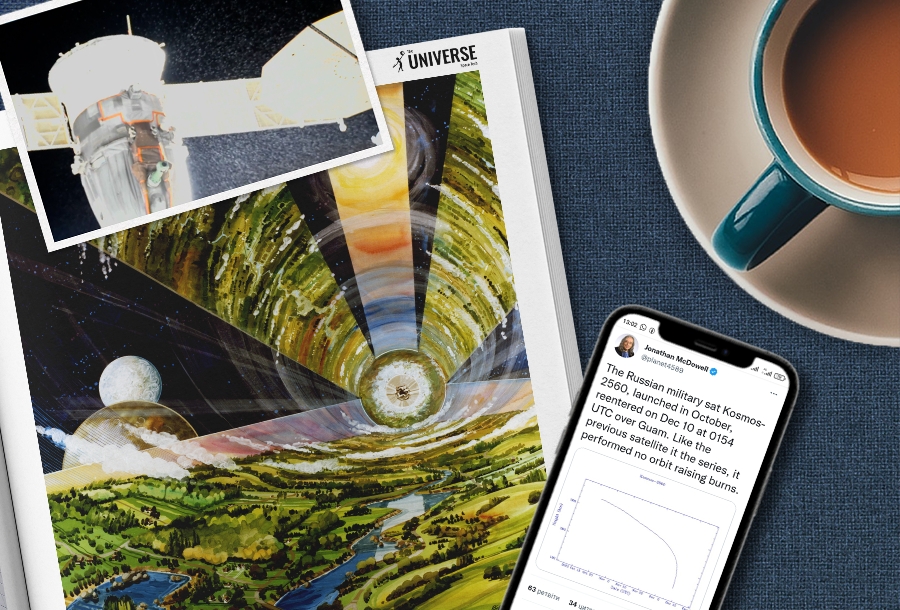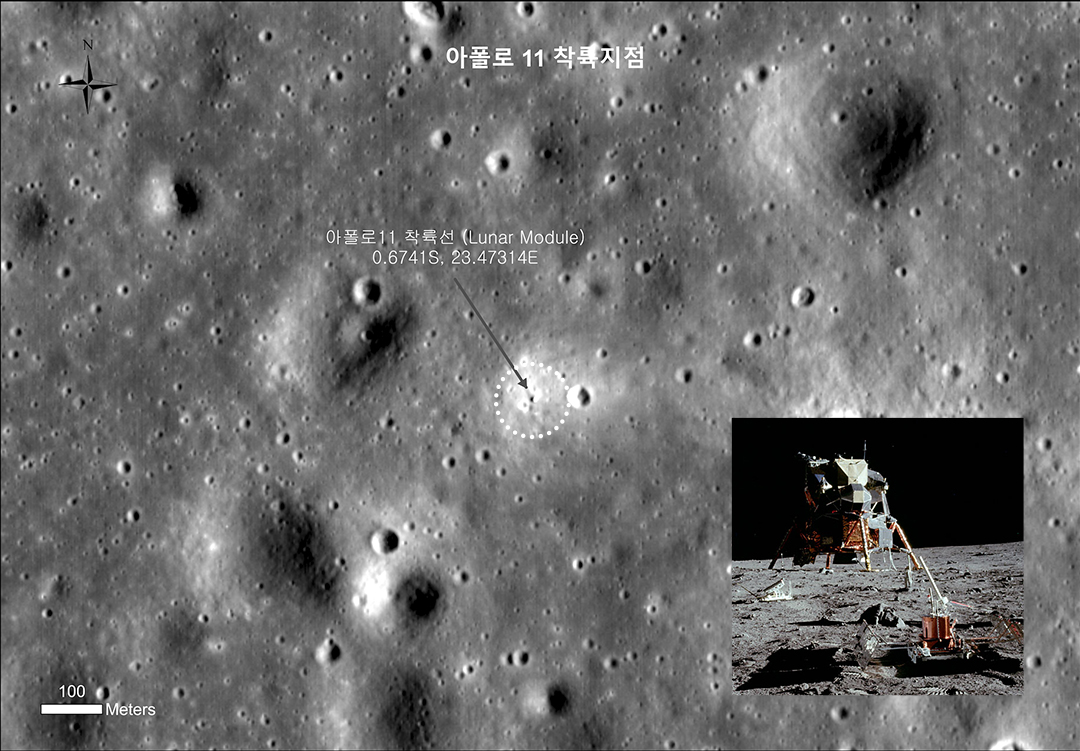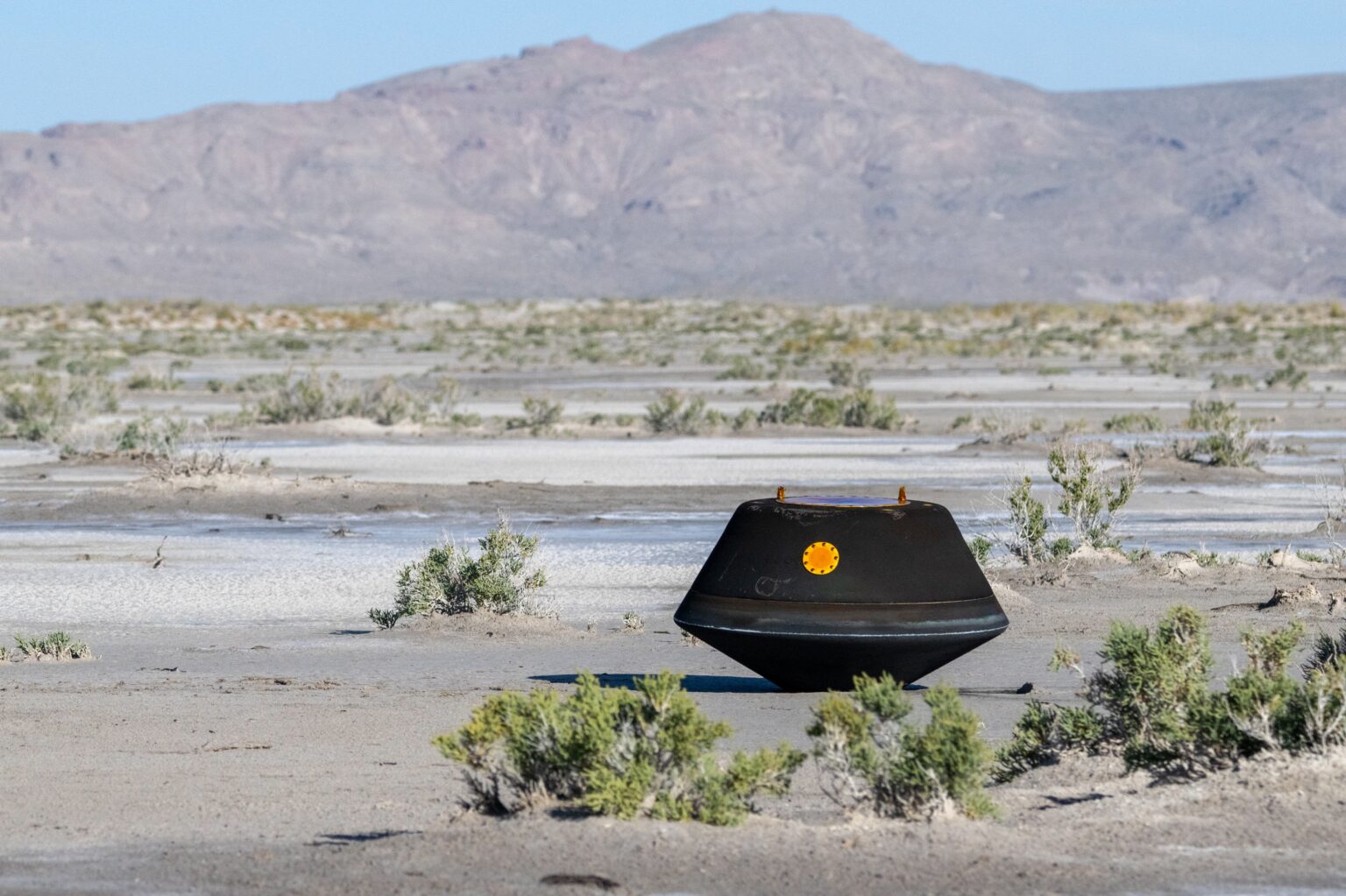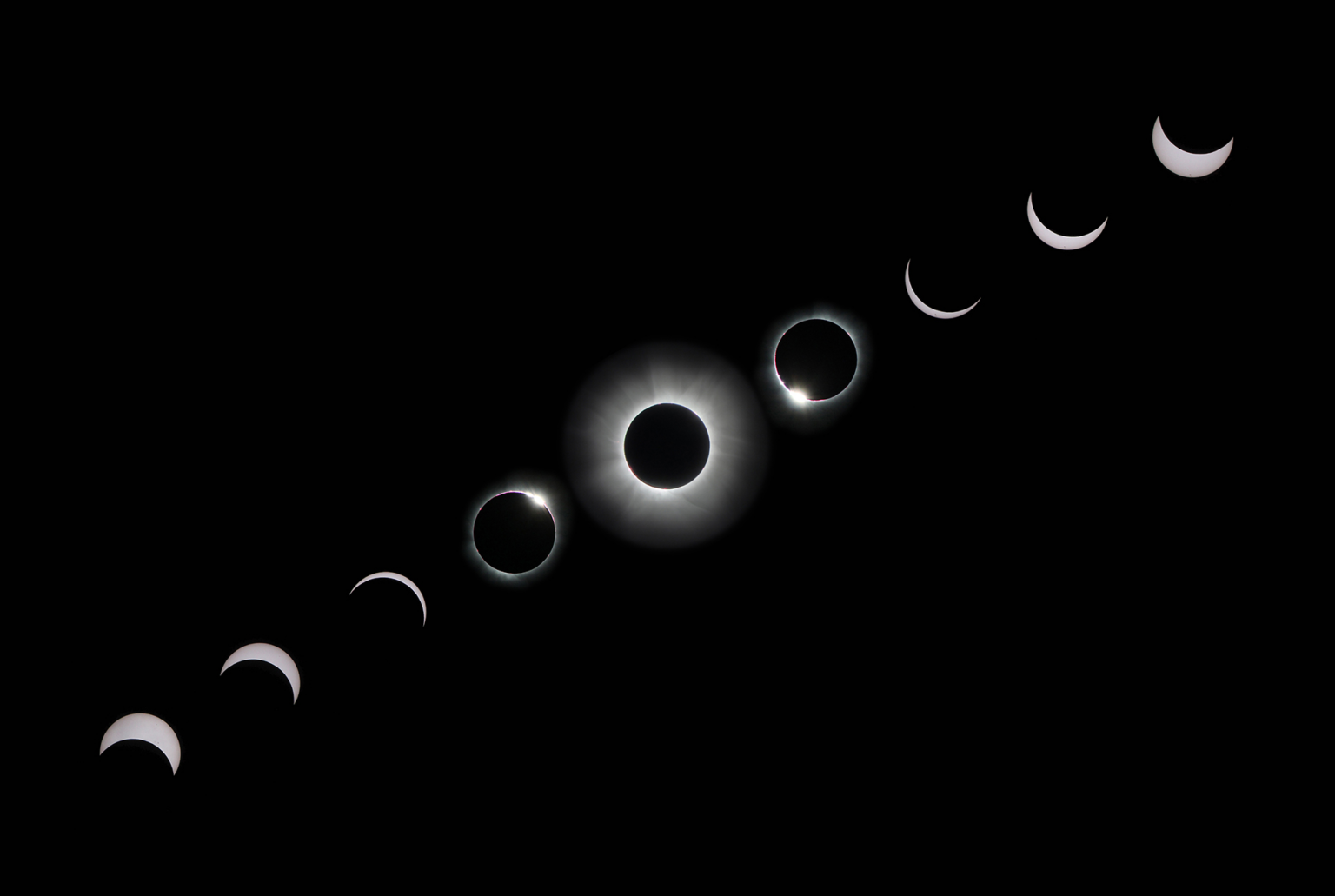Selection of the most interesting space news for the week: The solar sail turned out to be much faster than chemical engines; a space pharmaceutical factory was stuck in orbit, and we talk about what lies behind the big names supermoon and supereclipse.

“Space is not as far away from us as it seems — just an hour away, if your car is capable of going up.” — Fred Hoyle
SpaceX successfully tests a rocket engine for landing people on the Moon
NASA reported that SpaceX managed to prove the reliability of the rocket engine that will be used in Artemis III. The SpaceX Raptor engine for the HLS landing system successfully passed stability tests and power changes during various maneuvers. This is very important for control during complex operations and landing. This engine, which is part of the HLS, will be a key element for a safe landing on the Moon and return to Earth. A similar concept was used in the Apollo missions for astronauts during the first landings on the Moon.
The Raptor tests are of particular importance because they have proven that the engines are capable of operating in conditions of extreme temperature differences caused by prolonged stay in space. They also demonstrated that they could provide the necessary thrust for a safe landing on the surface of the Moon.
Solar sail reaches Mars in 26 days
Scientists have calculated how quickly a spacecraft with a solar sail made of a new aerographite material can get to different places in our star system. It will take 26 days to reach Mars, and several years to reach the heliopause. The solar sail is an extremely thin film of mirror material that is stretched over a large frame. Light also has an impulse, therefore, the energy of the collision of photons with this spacecraft can be used to accelerate the vehicle. In practice, this has been proven in the last few decades with missions like LightSail and LightSail2.
The fact that the solar sail can be faster than chemical engines has been known for a long time. But the time it takes for it to get to certain points in the Solar System has been established by scientists in a new study. They were mainly interested in two locations: Mars, as the most interesting planet for research, and the heliosphere, a conditional boundary where the pressure of the solar wind is aligned with the action of the interstellar medium. Now the solar sail seems to be the most promising technology for delivering a payload of up to several kilograms to distant planets. Such a weight may seem ridiculous compared to the tens of tons that the most powerful carriers put into space. However, in this case, speed is much more important.
James Webb notices a leak of carbon dioxide from under the surface of Europa
The James Webb Space Telescope (JWST) was launched to explore distant star systems, but it has also proved indispensable for studying Solar system objects. It recently made an exciting discovery concerning Jupiter’s moon Europa. This discovery is extremely important for scientists, as it is considered one of the most likely places to search for extraterrestrial life in our planetary system. The new data may indicate a high probability of the existence of life on this small moon. Recent observations using the NIRSpec instrument on board the JWST have shown the presence of carbon dioxide on the surface of Europa. Obviously, this gas comes from the subglacial ocean. Its discovery indicates the possible presence of carbon compounds in it, which makes it potentially habitable.
Black dust and particles: NASA opened the OSIRIS-REx capsule
NASA specialists removed the aluminum lid from the container delivered to Earth by the OSIRIS-REx probe. Samples of the substance of the asteroid Bennu are inside it. After being delivered to a clean room, the capsule was placed inside a glove box designed to work with bulky equipment. Next, the specialists removed the lid from it. During this operation, black particles and dust, presumably of asteroid origin, were showered from its inner surface. This confirms that OSIRIS-REx has coped with its task, and samples of Bennu’s substance are contained inside the capsule. At the next stage, engineers will extract the TAGSAM sample collection mechanism from the capsule. It will be moved to another glove box, after which specialists will begin to disassemble it in order to get to the samples.
Space pharmaceutical factory is banned from returning to Earth
The US Federal Aviation Administration and the US Air Force did not give Varda Space permission to return its capsule to Earth. Inside is an orbital factory engaged in the manufacture of medicines in orbit. Its main mission — the production of HIV drugs. Crystals of the active substance were subjected to various experiments to test how their properties and structure change in microgravity conditions.
Varda Space expected to land the capsule, with the factory and the results of the experiments inside, back in early September.
A military training site in Utah was considered as the main landing site, where the capsule of the OSIRIS-REx spacecraft recently landed. However, Varda Space has not received permission for this operation. According to some experts, the refusal may be caused by the precedent nature of the mission. Varda Space became the first private company to announce its intention to regularly launch cargo into orbit and then return them to Earth. Perhaps regulators are planning to create a single standard of applications for such missions.
Photo of the week

The Korean Aerospace Research Institute (KARI) has published a series of images taken by the Danuri probe in selenocentric orbit. They demonstrate the landing sites of the Apollo 11 and Apollo 17 expeditions. The picture was taken when the landing site was well illuminated by the Sun. You can see a bright dot corresponding to the lunar module on it.
Interesting figure — 6.2 billion km long journey

The 6.2 billion km long journey was successfully completed. The OSIRIS-REx spacecraft completed its historic mission by delivering samples of the asteroid Bennu to Earth, which weigh about 250 grams. The process of returning the capsule with samples to Earth was very difficult and dangerous. The capsule began its descent at a high speed, reaching 43 thousand km/h, because of which its heat shield warmed up to 2900 °C. However, thanks to a high-precision engineering calculation, it landed safely on a deserted US Army training site in Utah.
Something to read on the weekend

In September, the OSIRIS-REx returned to Earth. It brought samples of the material of the asteroid Bennu (101955 Bennu), which became only the fourth celestial body, the substance from which would fall into the earth’s laboratories. Our author, Olexandr Burlaka, offers to find out what is interesting about the asteroid Bennu and what it really is.
From time to time, headlines like “There will be a supermoon today!” or “Tomorrow we will be able to see a super eclipse!” appear in the media. How fair are these exclamation marks and “super” prefixes? What is really behind these events? Is it worth being afraid of them, or vice versa — to rejoice in them? Volodymyr Manko will try to give answers to these questions in the article Supermoon and supereclipse. What is behind these loud names?
Follow us on Twitter to get the most interesting space news in time
https://twitter.com/ust_magazine
